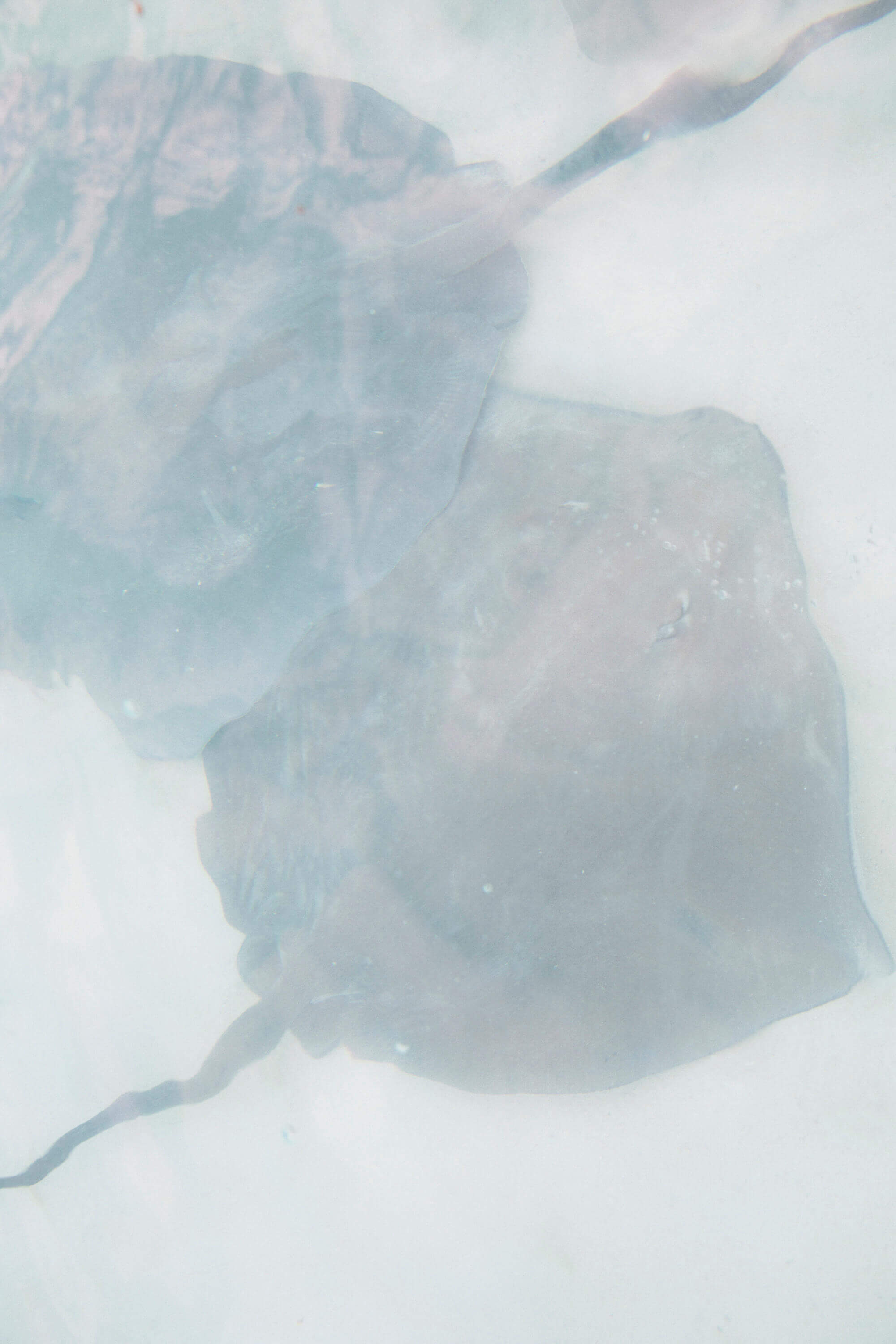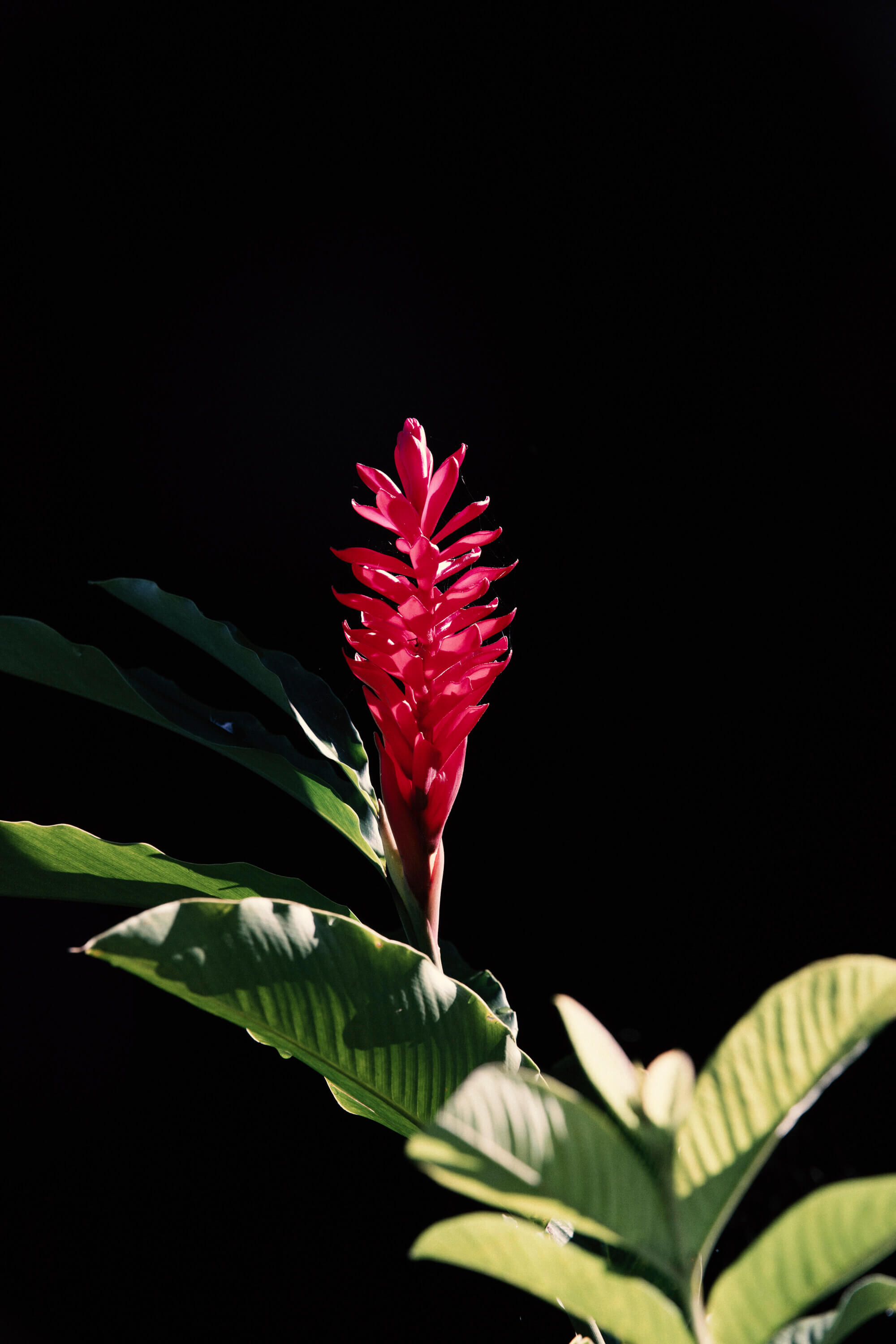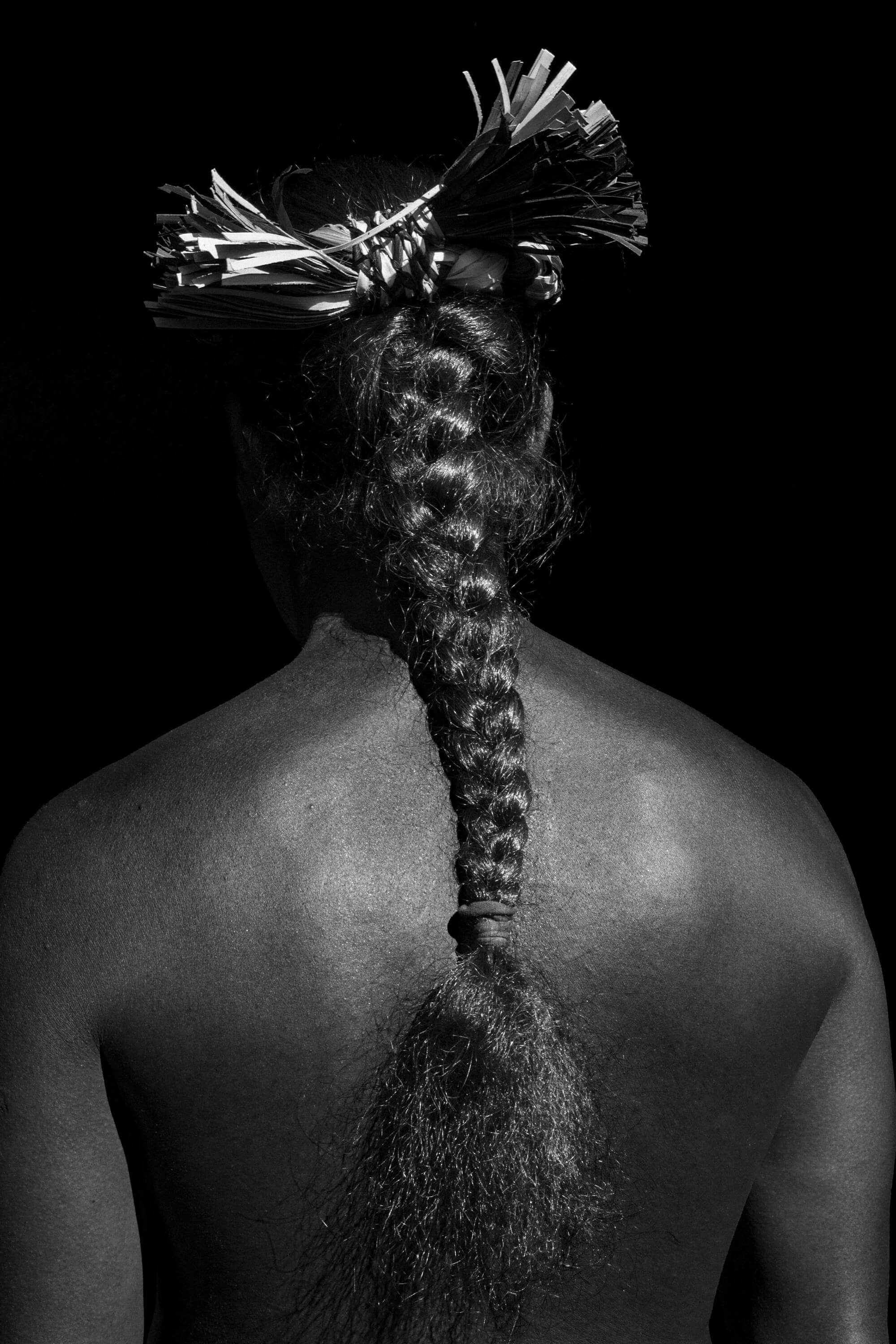The Air Tahiti Nui flight from Los Angeles arrived in Tahiti at night. On the bedside table next to the iPhone we found our first flower necklace and it was the scent of fresh tiare flowers, a good smell that suited both men and women, that we took to bed with us. The night sky in Tahiti was overcrowded with fairy tales and sea creatures, the long sky fish, te ikaroa o te rangi, which is what they called the Milky Way at times.
The sky was a mirror of the sea with its many islands. A stingray slipped along the sandy seabed, its body velvety to the touch like the undulating cap of some enormous wild mushroom, a river eel wiggled through the roots of a forest of Tahitian chestnuts and ended up in the lagoon, a slow shark snaked between by my naked calves. “One thing is fundamental for me: I don’t want any of my journalists to have to write something they’re not interested in. Great writing comes from an obsession, not a mechanical obligation. We’re a magazine of surprises, not constraints,” responded David Remnick, Pulitzer prize winner, director of The New Yorker for almost twenty years, in an interview for an Italian magazine that I’d brought with me on my flight. I was already in contact with various writers who were experts on the Pacific, some of whom had actually gone to live there, and after a few days in Tahiti I knew that Oceania could become an obsession for me too. Islands – that you expect –, valleys, steep peaks, austere caves, banks, distant skeins, flowers, rims, winds across the land, sweet men, strange cockerels, waves, punctual tides, sacred choruses, the hearts of a galaxy.
A starry compass can point you in the right direction. In Tahiti, at 17°S, the stars come up and go down at an angle of 17°, proceeding northwards. Every island in the South Seas has its zenith star: ‘A’a, the dog star, the brightest, is Tahiti’s. To get there, all you have to do is follow it. For the Polynesians, the sky is like an atlas of light that is perpetually open before their eyes. A map of stars. To read the ocean, you have to know as many stars as possible. And you start to count the distance between two islands at night. That’s as if to say: Venice is one night and almost a day from Patras. And so, the scattering of their islands in the Pacific Ocean, the people’s inability to locate themselves in a land larger than an island, to see themselves as part of an archipelago, a nation, a continent, is cancelled out while contemplating their global map, in a sky of islands. It is no longer even an effort of the imagination, it is truly a vision.
In July, night falls at 6pm in Tahiti and the roulottes in Place Vaiete open their picnic tables and heat up woks and grills. Whoever starts first, fills up with customers first. That evening we were with Dimitri, a young freelance photographer born in Tahiti, waiting for our chow mein specials, when Dimitri suddenly spurted it out, with the excitement of a boy who has to convince his parents to allow him to leave on a madcap journey that would take him far from home for a long time. And he did so with a premeditation that I saw had held his mind captive for several minutes, when he hadn’t been following our conversation, but was concentrating on how he would put what he was about to say.
“Do you know what you have? You can get into the car and just drive and drive, cross Switzerland, then Germany, arrive as far as Denmark, change jumper, people, see what they put on your plate change. Here, to do something like that, I have to buy myself a boat and take sailing lessons. And then, for a long time I’ll be in the same place and they’ll give me raw fish with coconut milk and noodles to eat.” “When you go, you don’t come back, when you’re born you can’t go away anymore. Sea prison and marine highway. Besides, is it not precisely the sea that makes an island a body unto itself?” [1]. He’d taken me back to the exact lines of the Sardinian Marcello Fois, which I’d underlined in pencil. He’d cried out to me that I’d never really understand what it means to be born on an island in a sea of many islands.
In Tahiti, the south wind is called that because it blows towards the south, and the north wind blows north. In Europe we say exactly the opposite, that is, where the wind comes from. The south wind comes from the south. It’s something which explains one of the many misunderstandings and one huge error in the maps made following the first Western explorers. The more I read, the more I learnt that the Polynesian people look where things go, in the intention of seizing a possible direction, which is a whole way of living, a way of matching one movement with another, of leaving.
[1] Extract from In Sardegna non c’è il mare by Marcello Fois. Edizioni Laterza, 2013.


